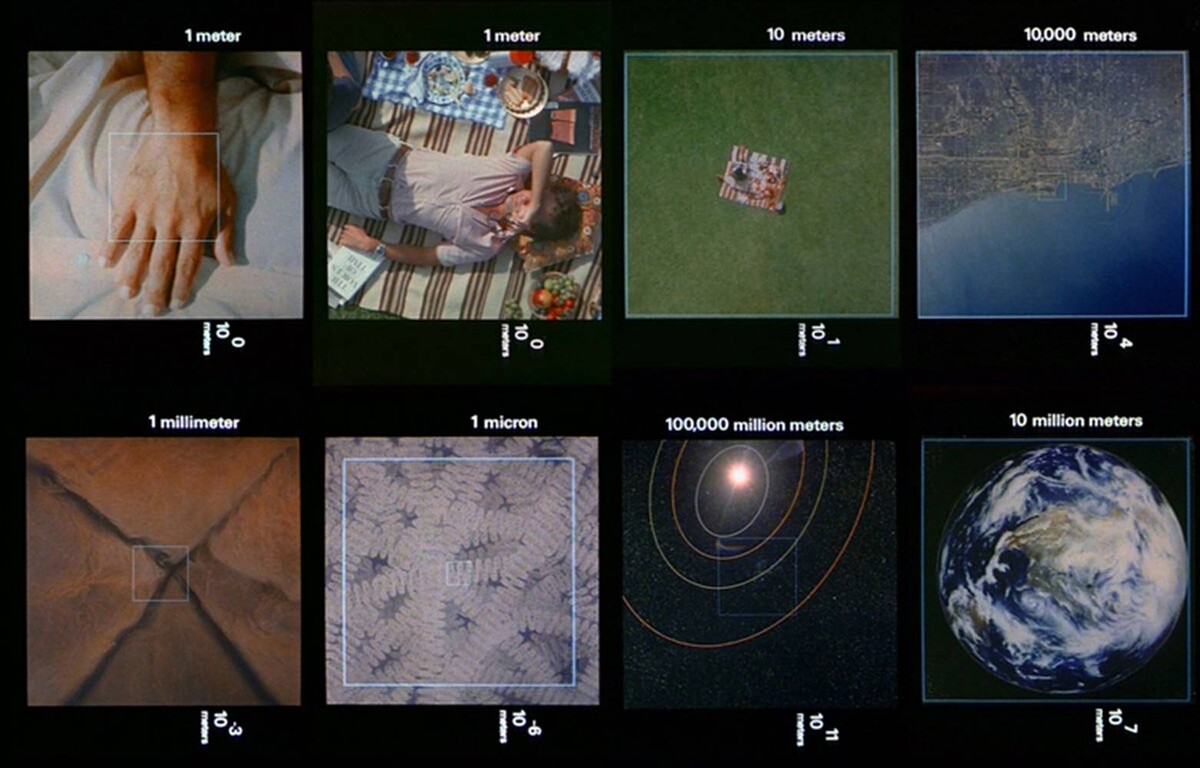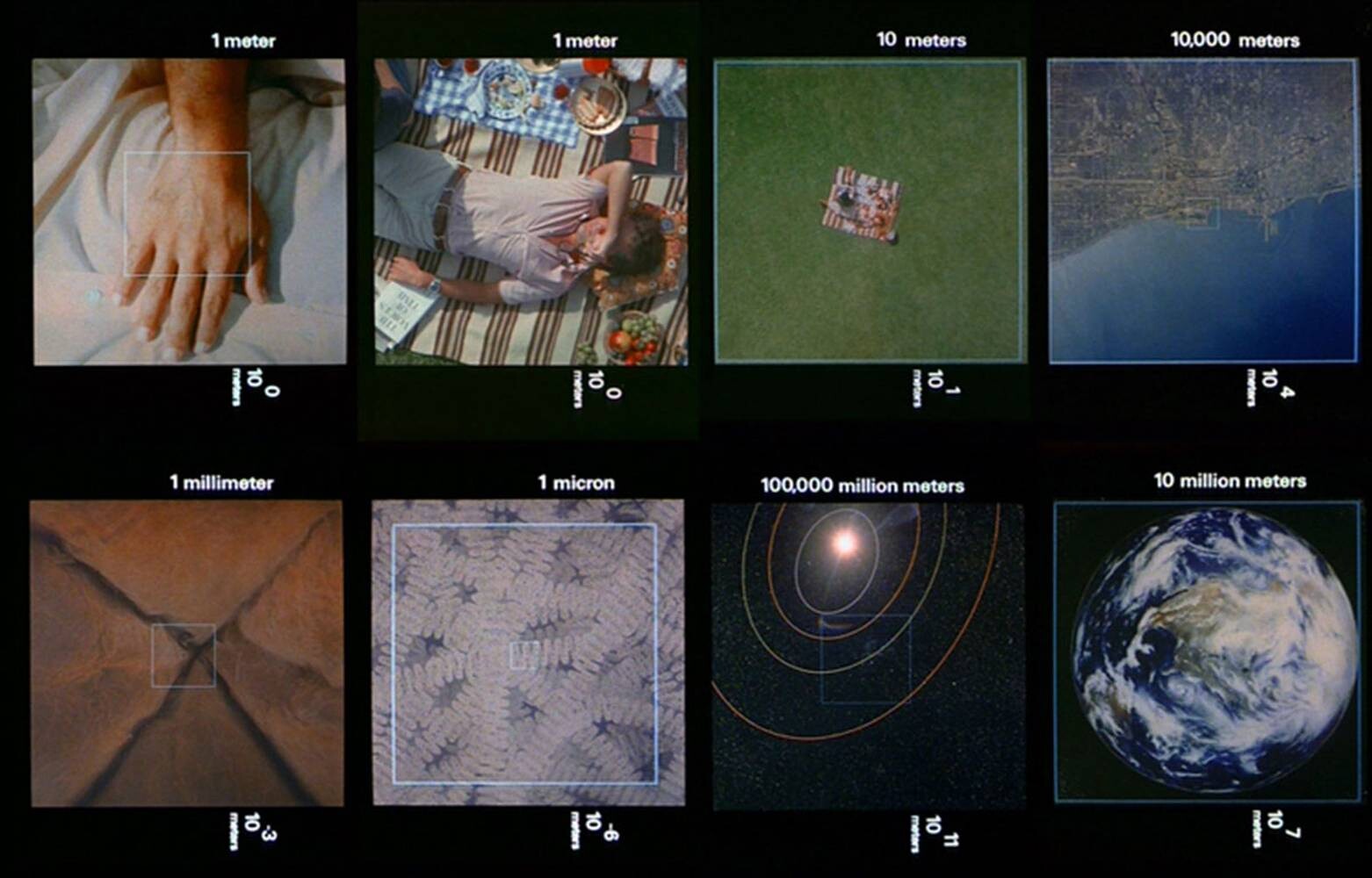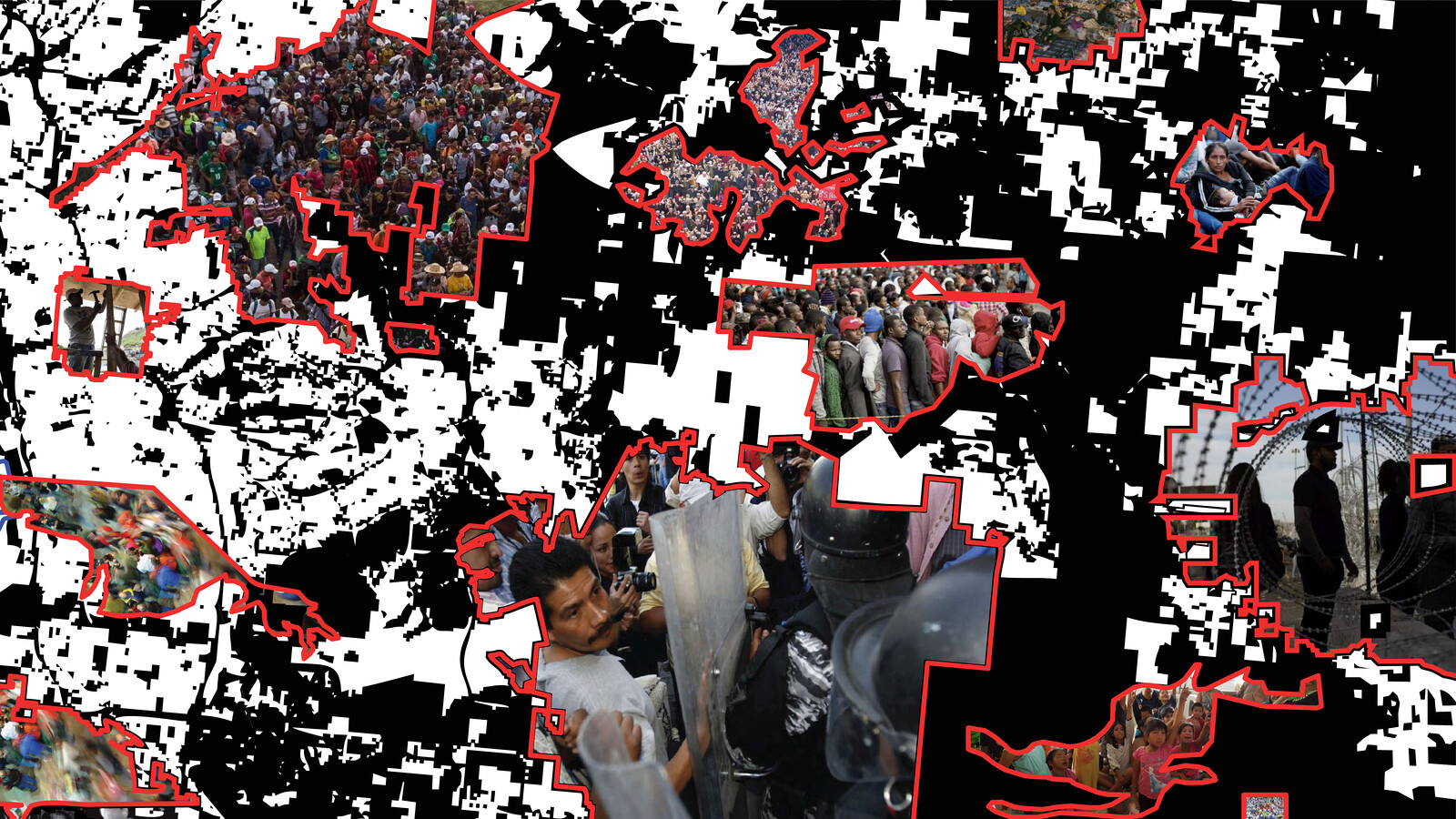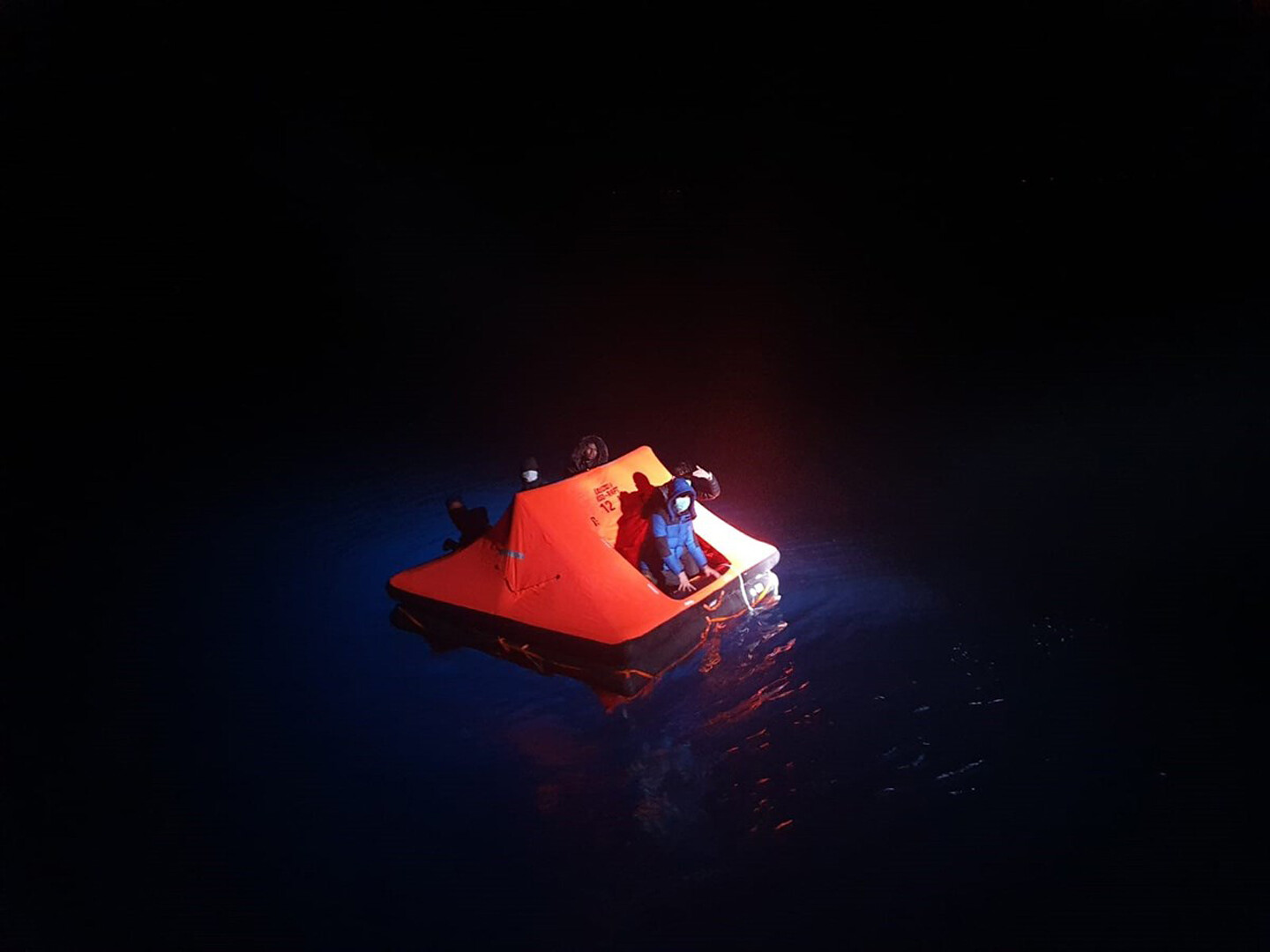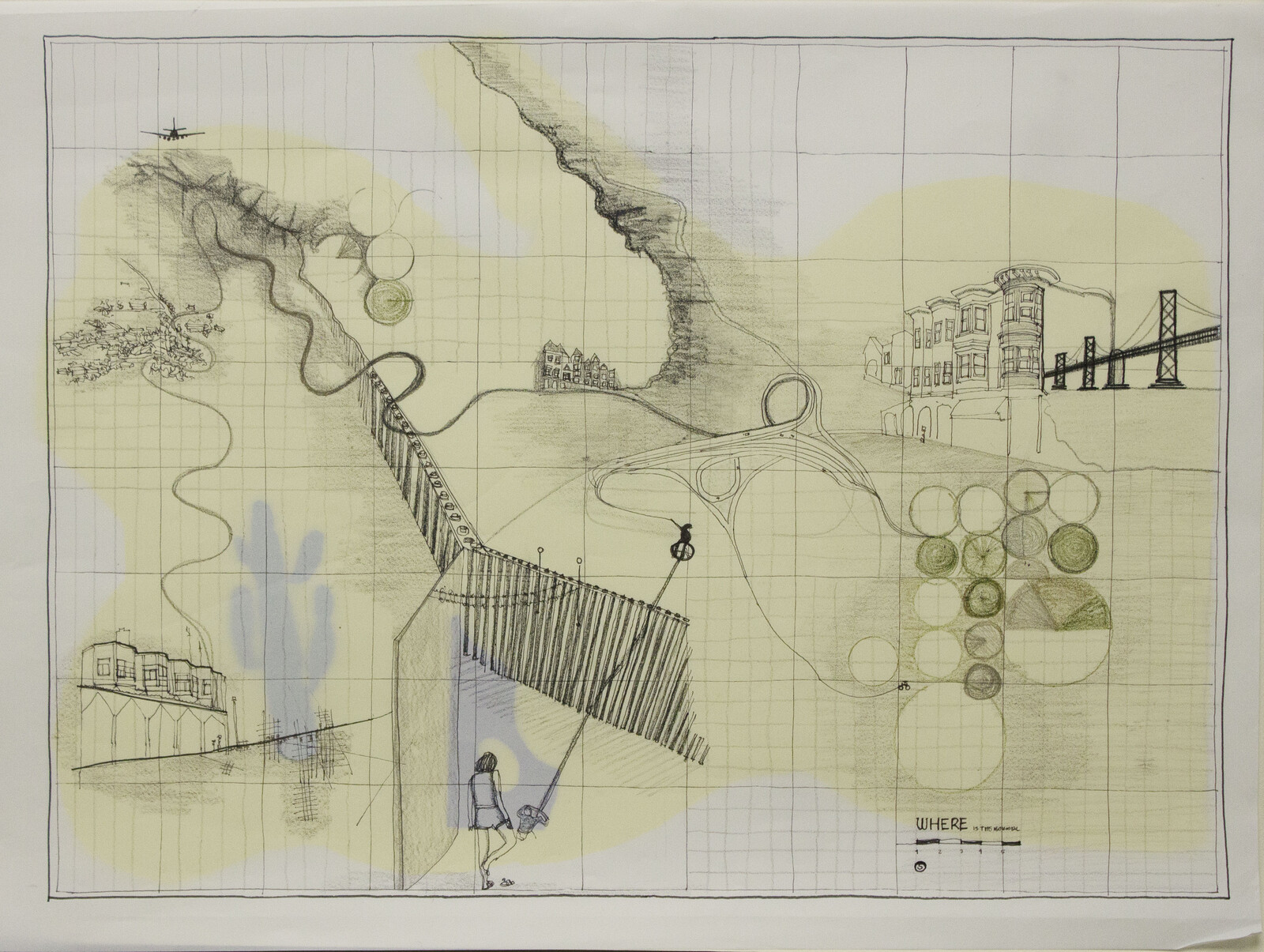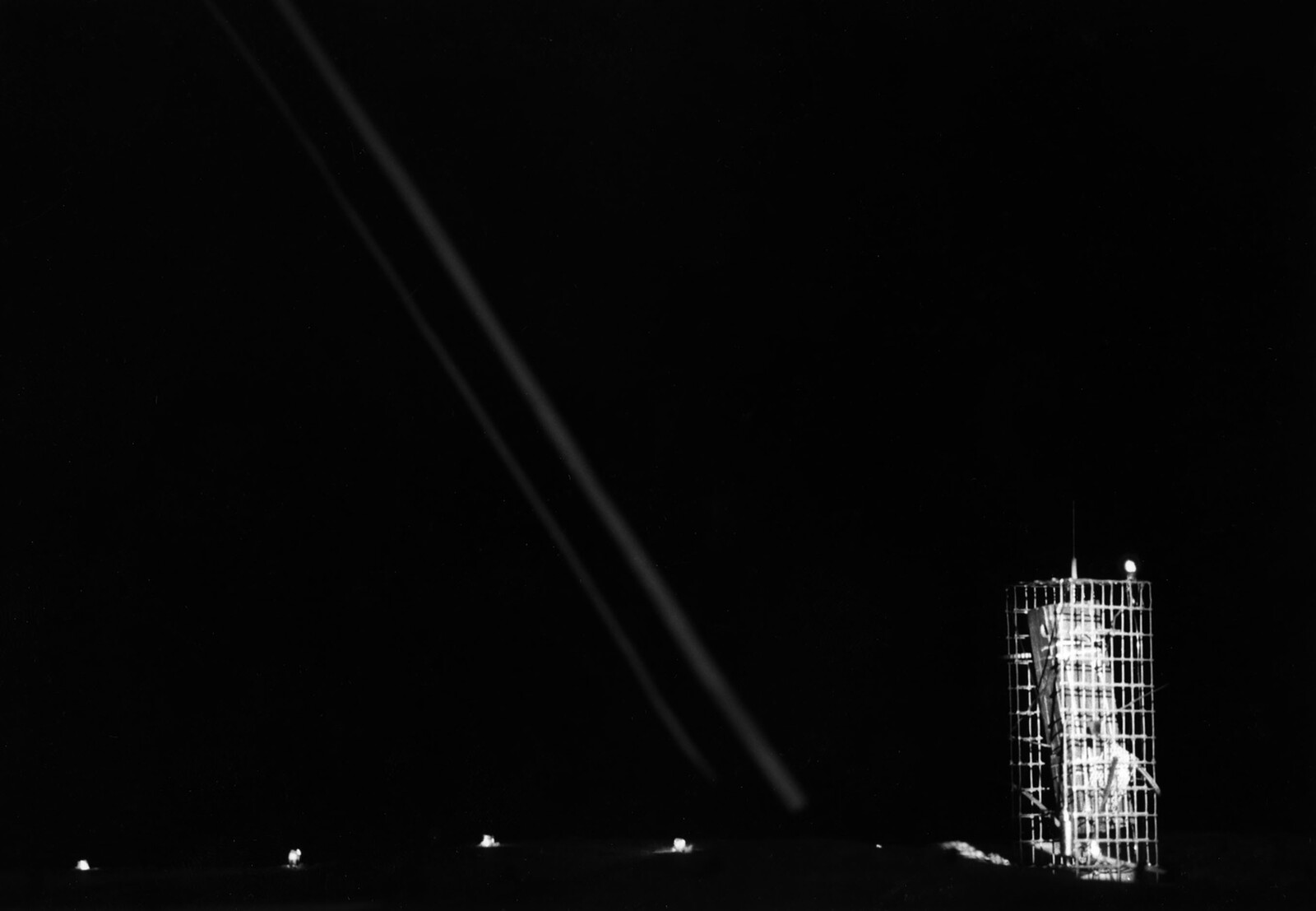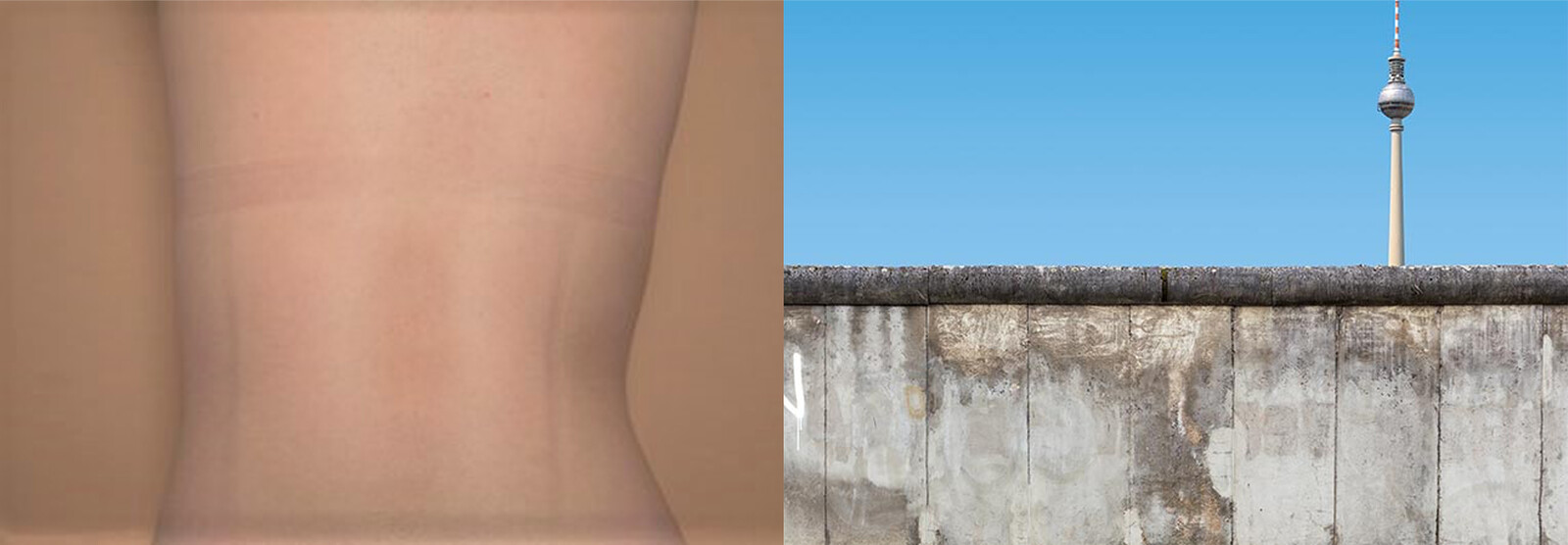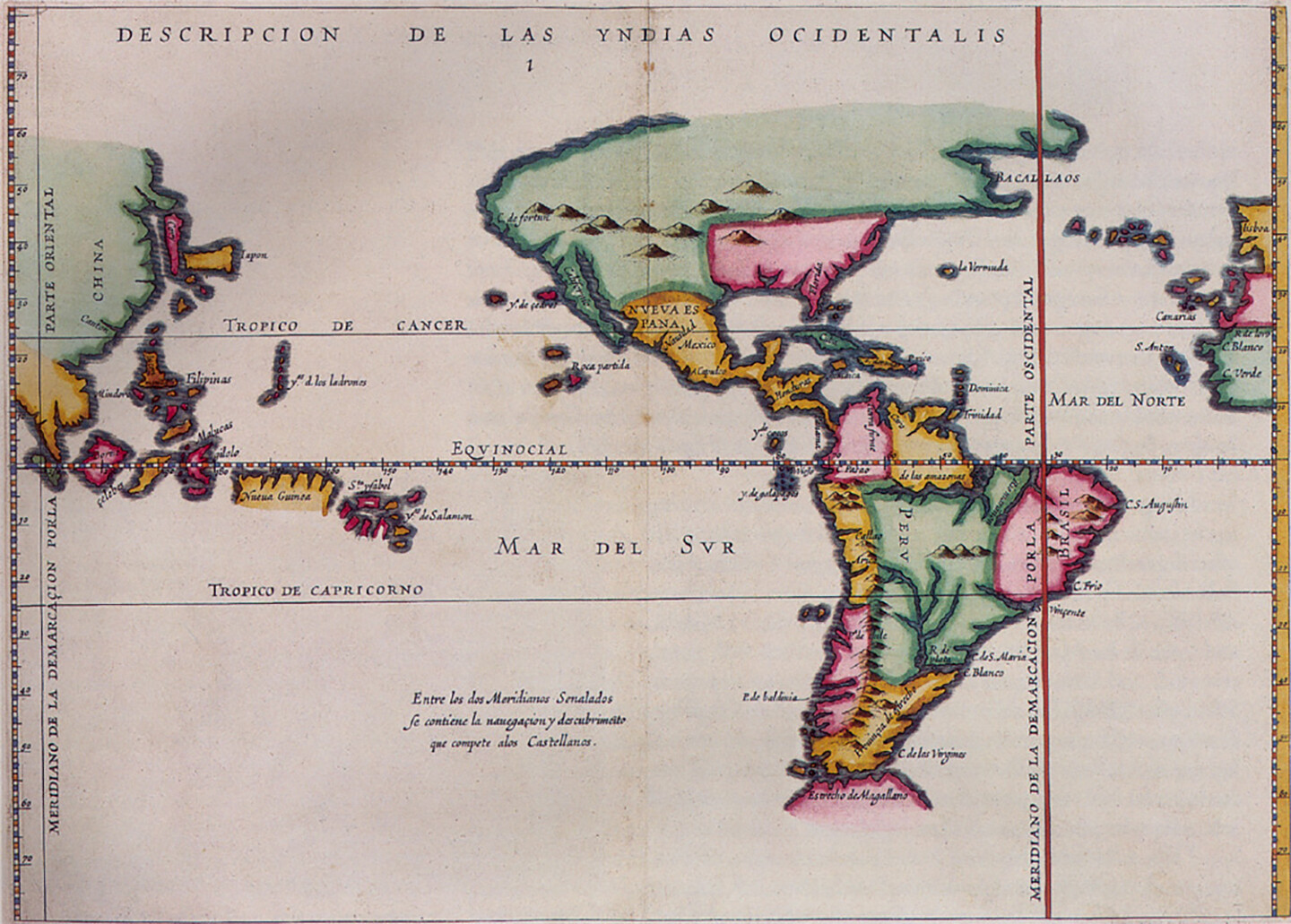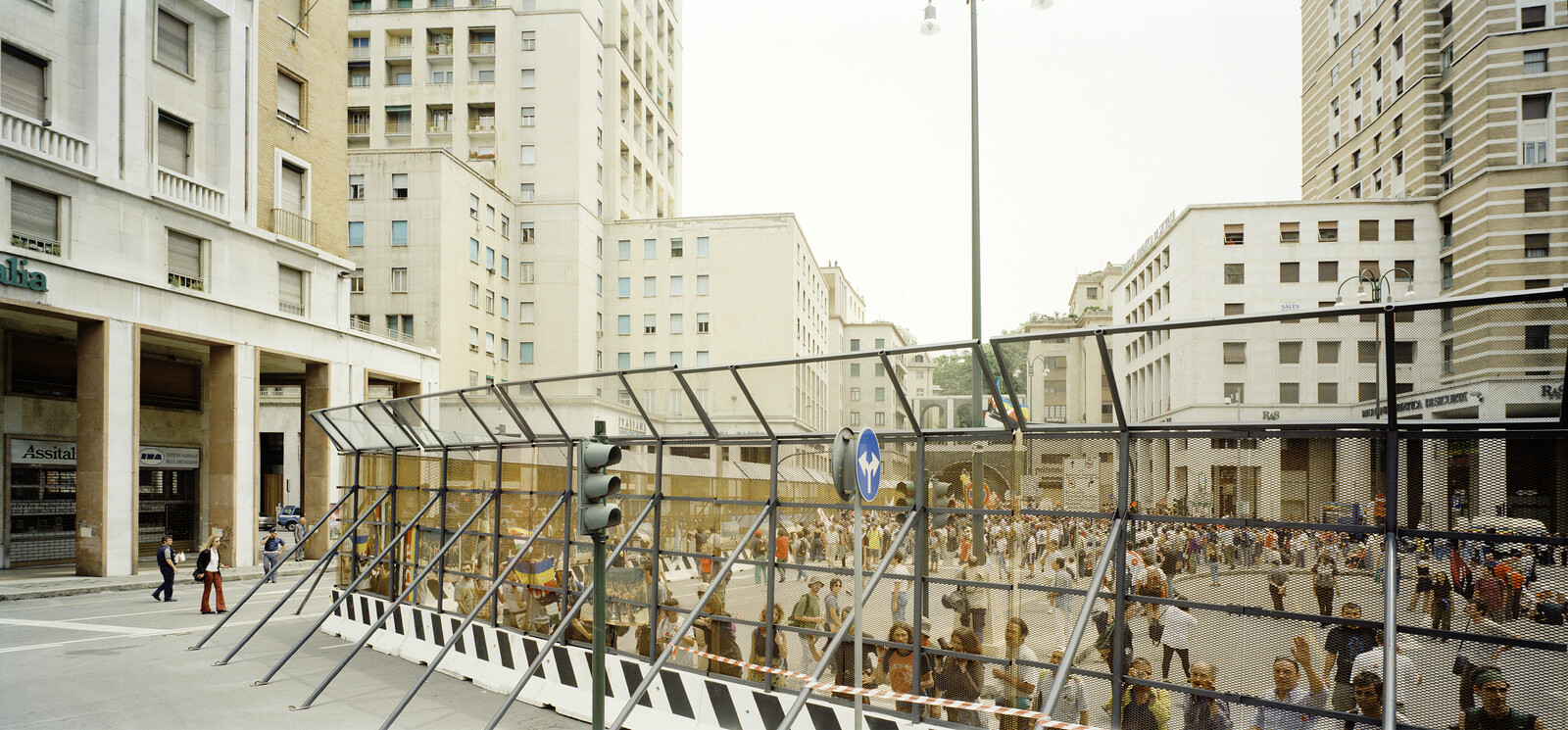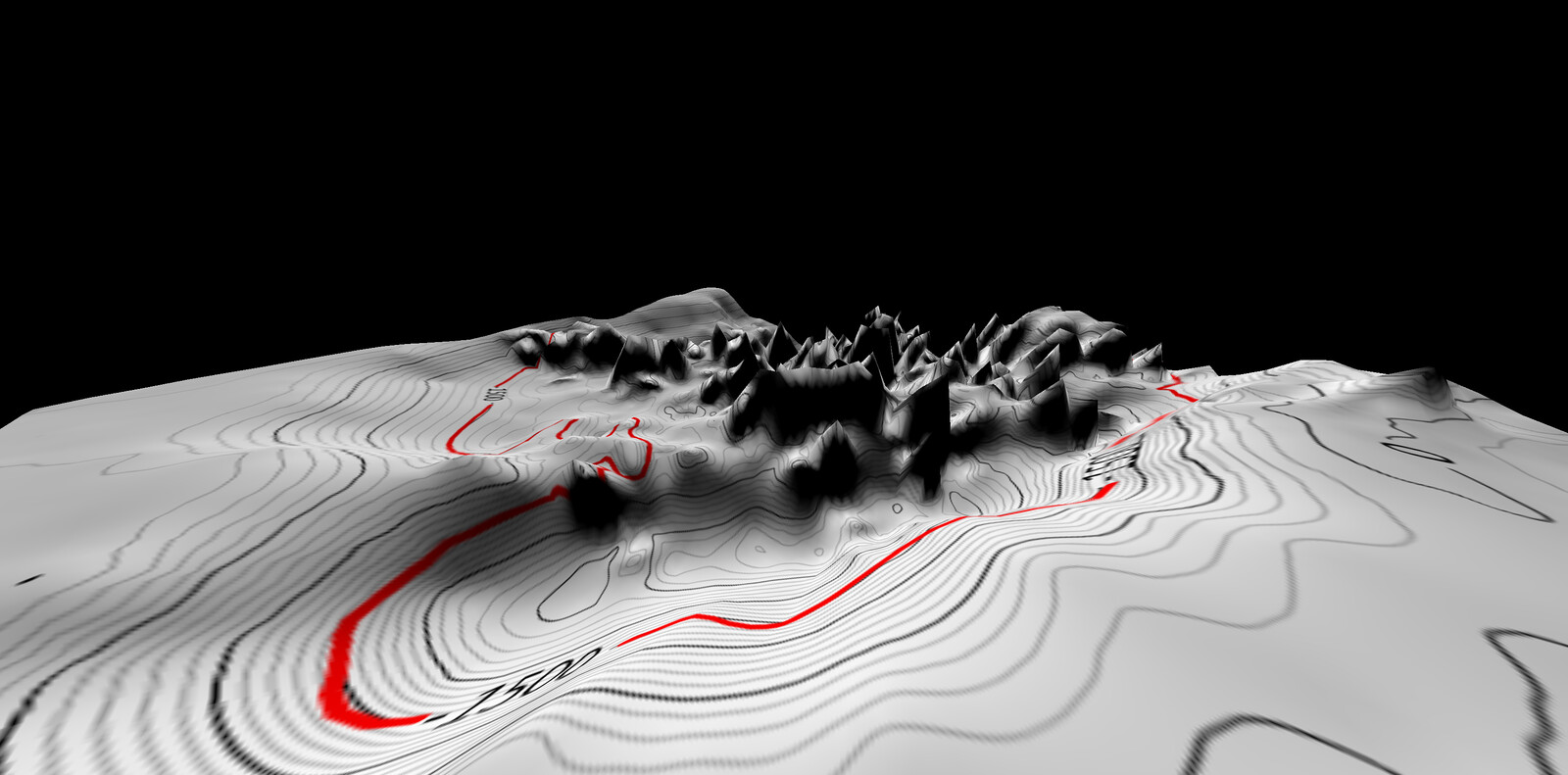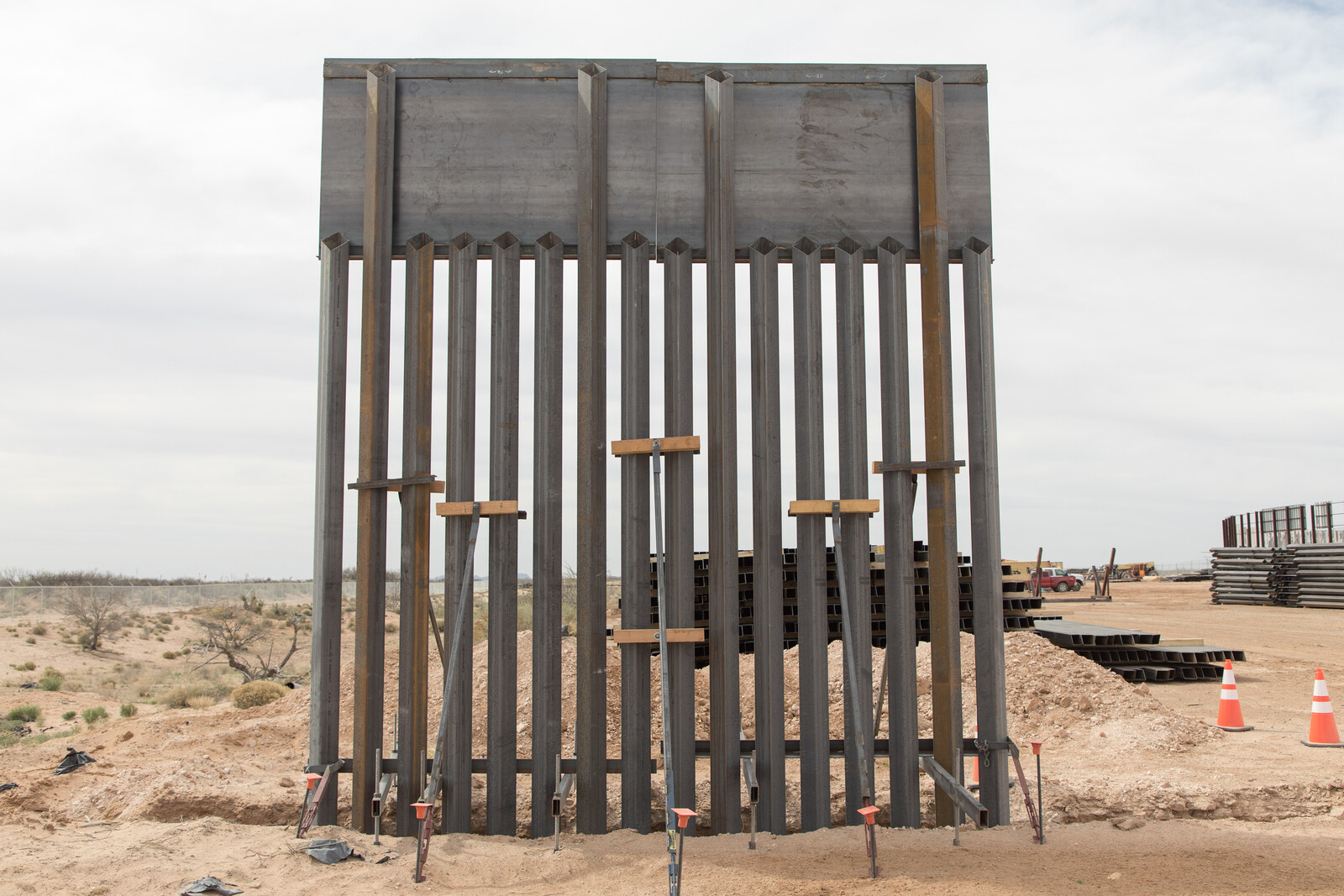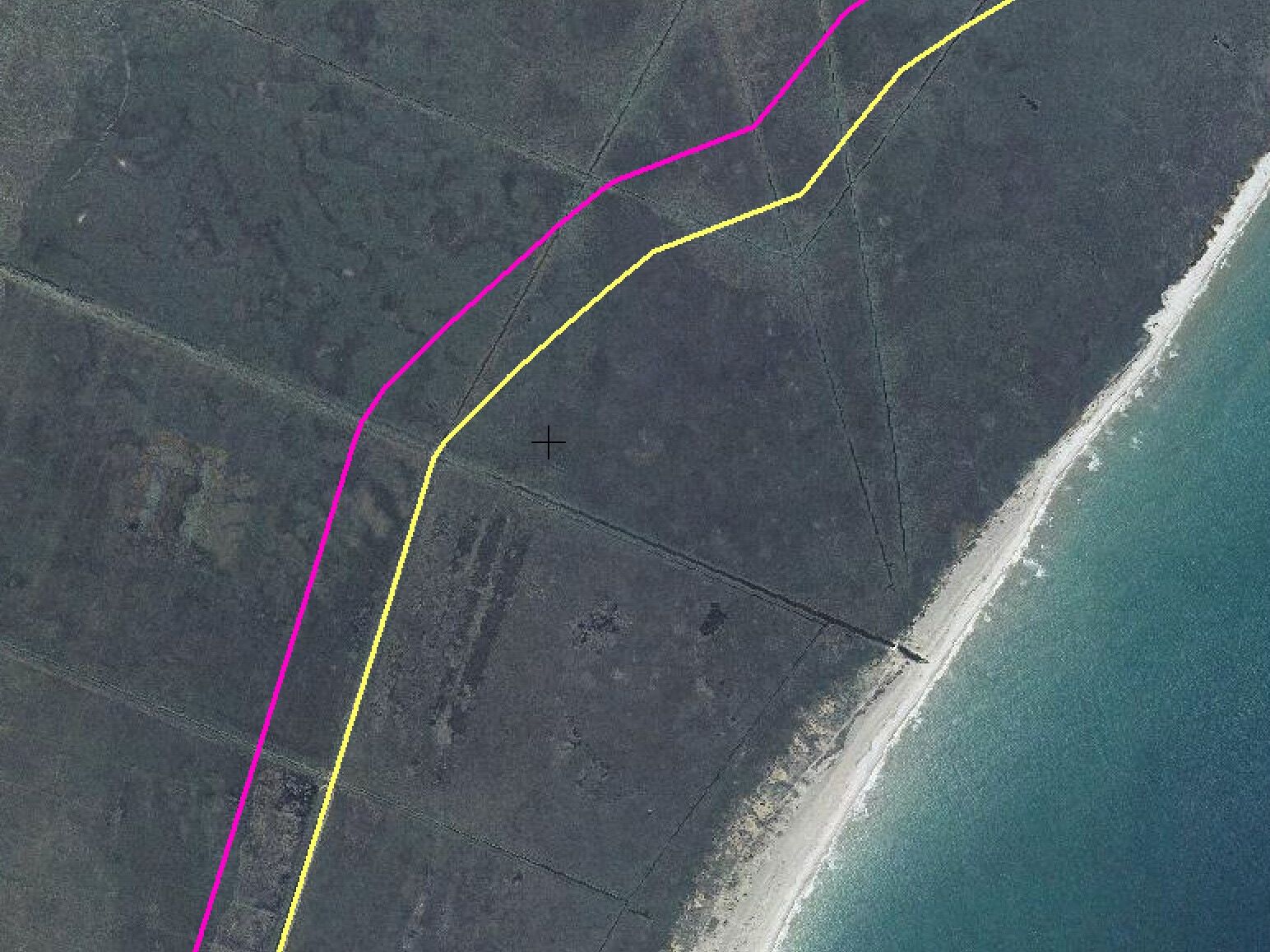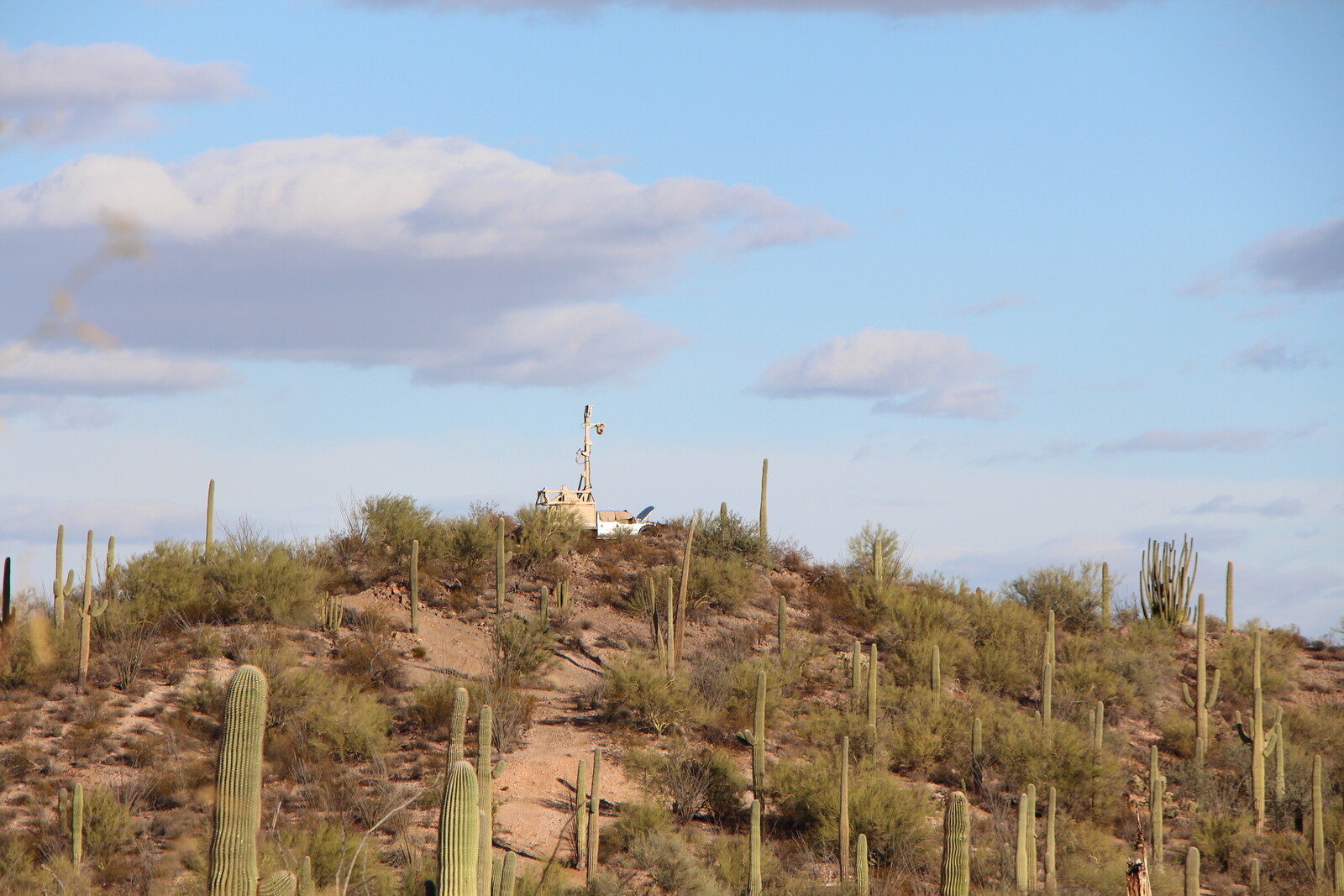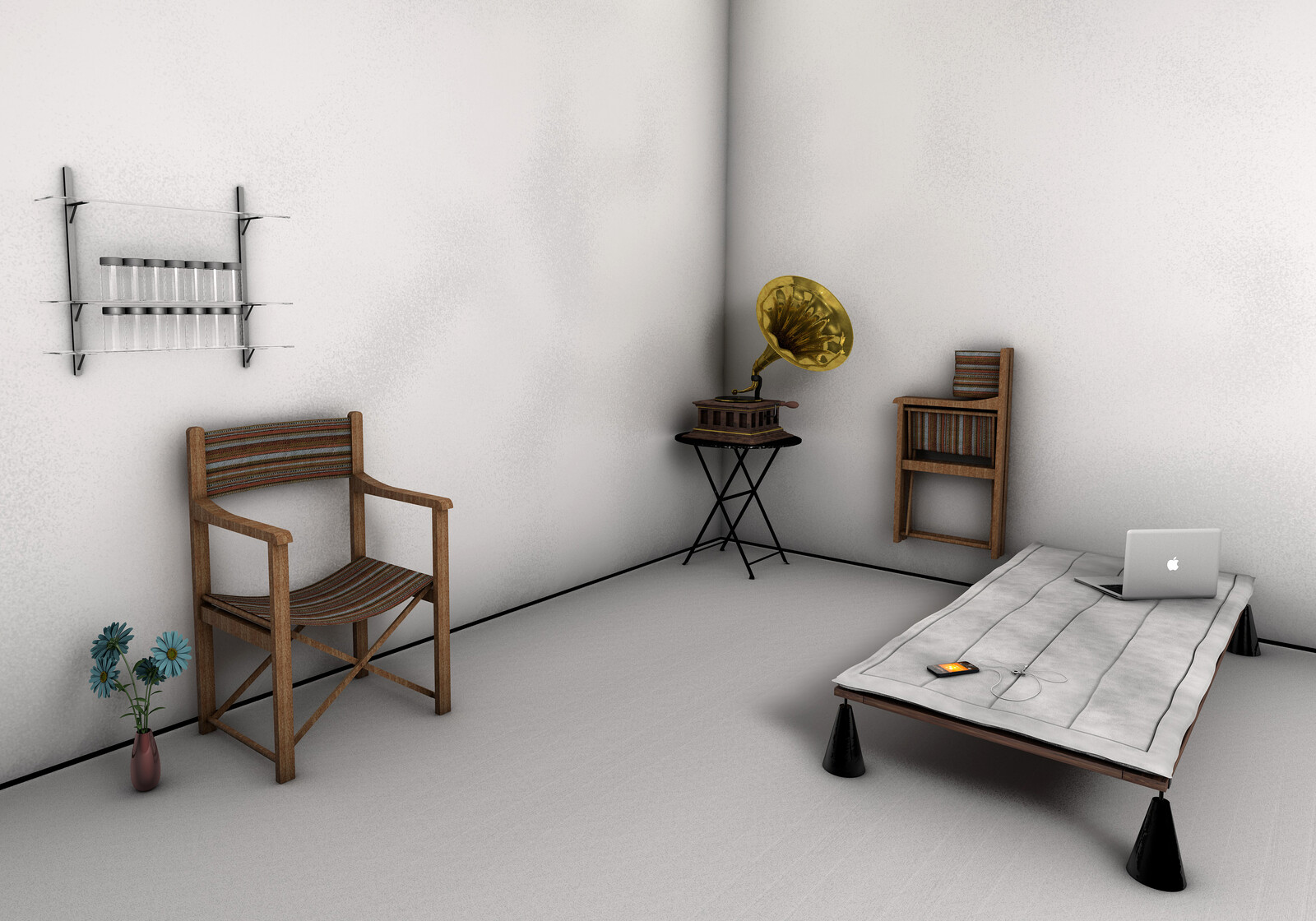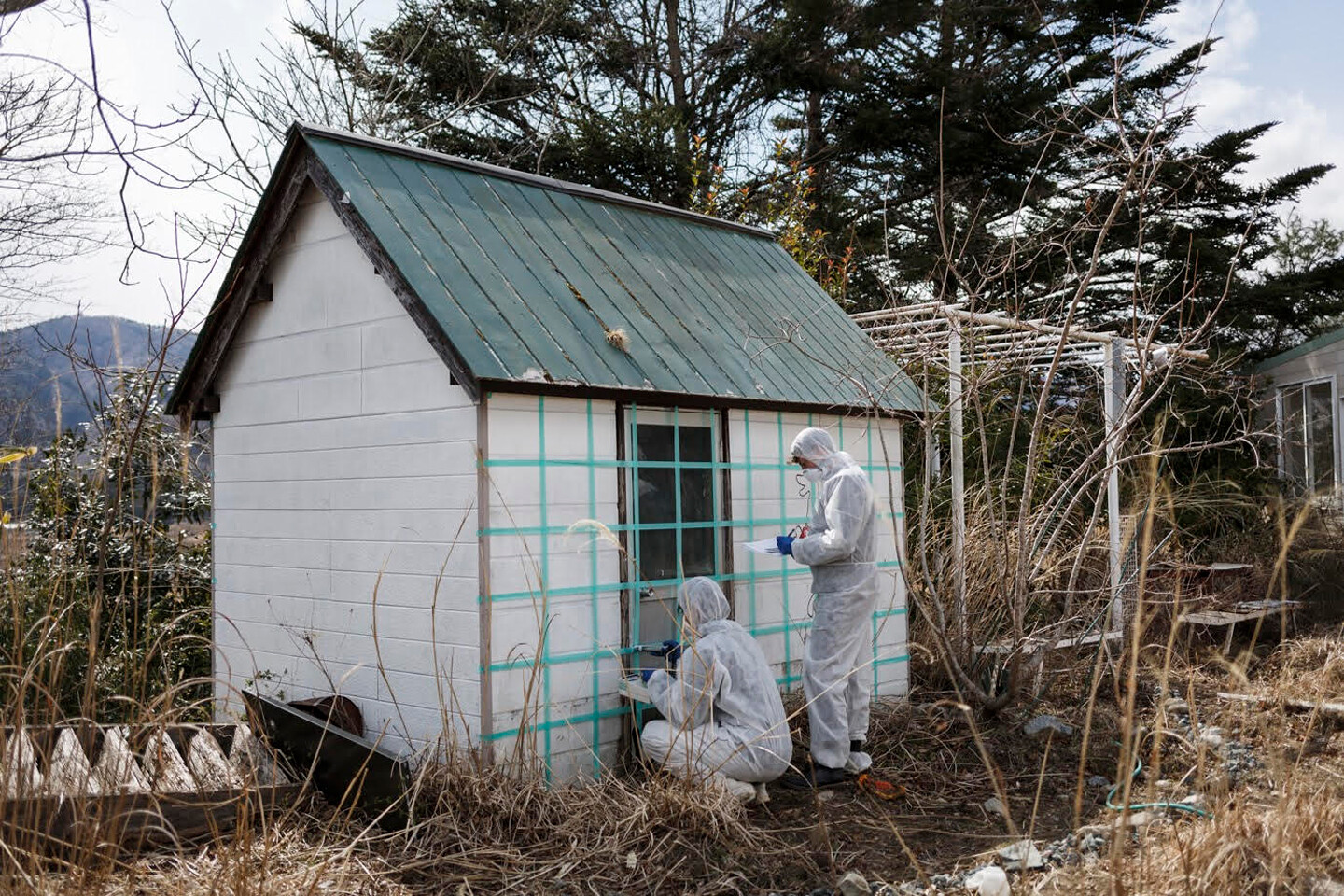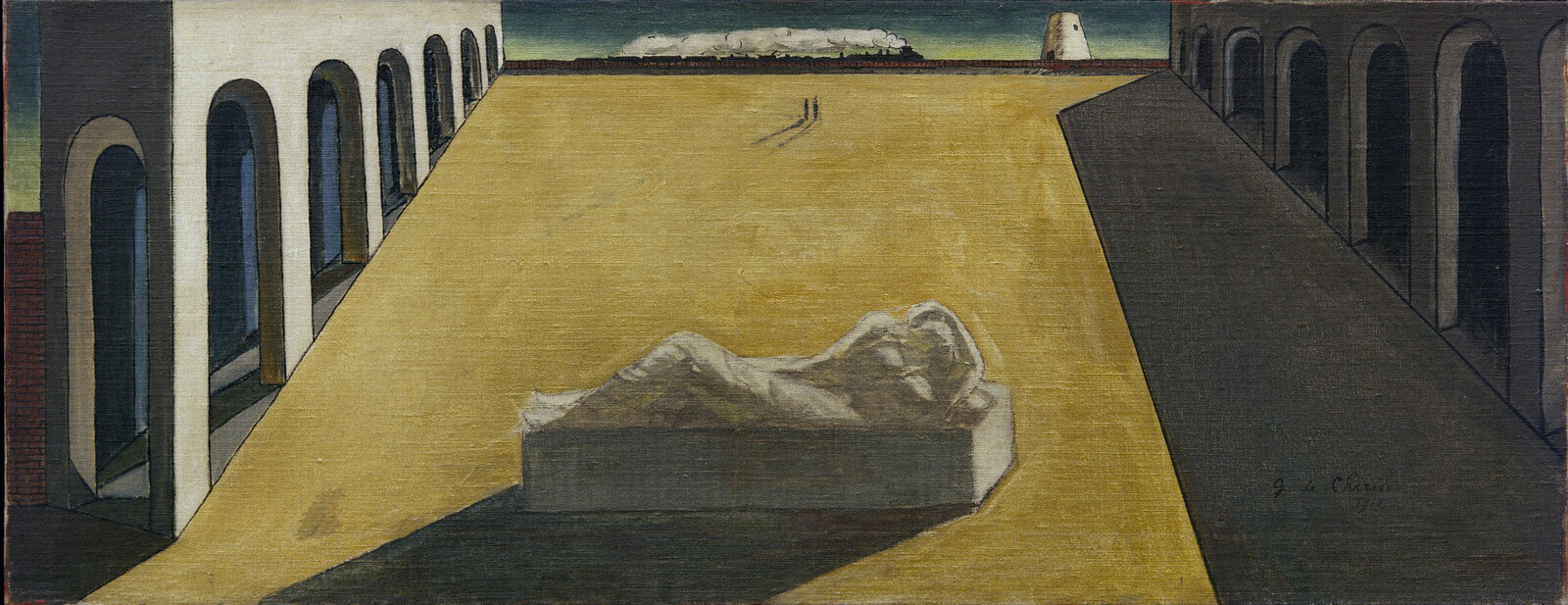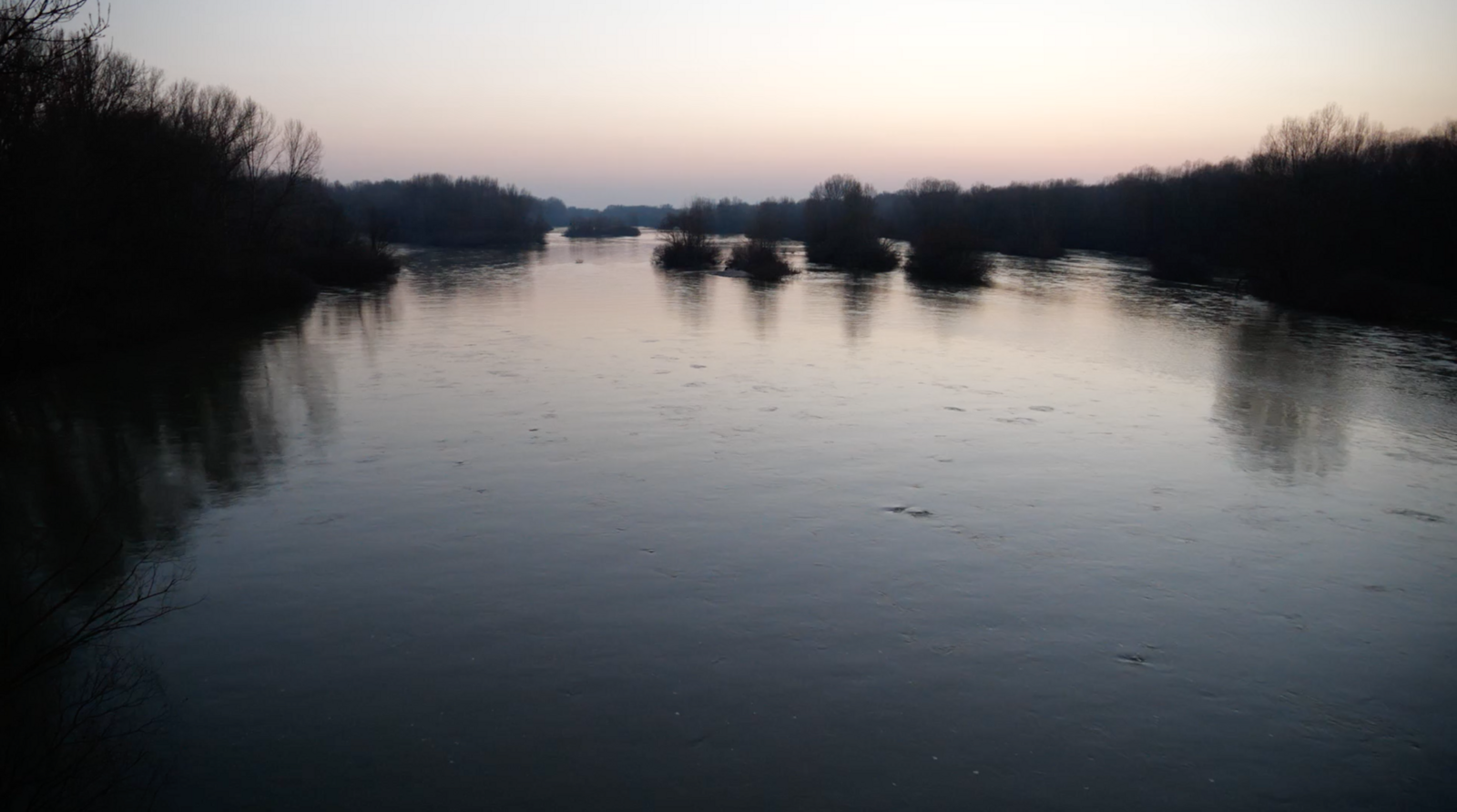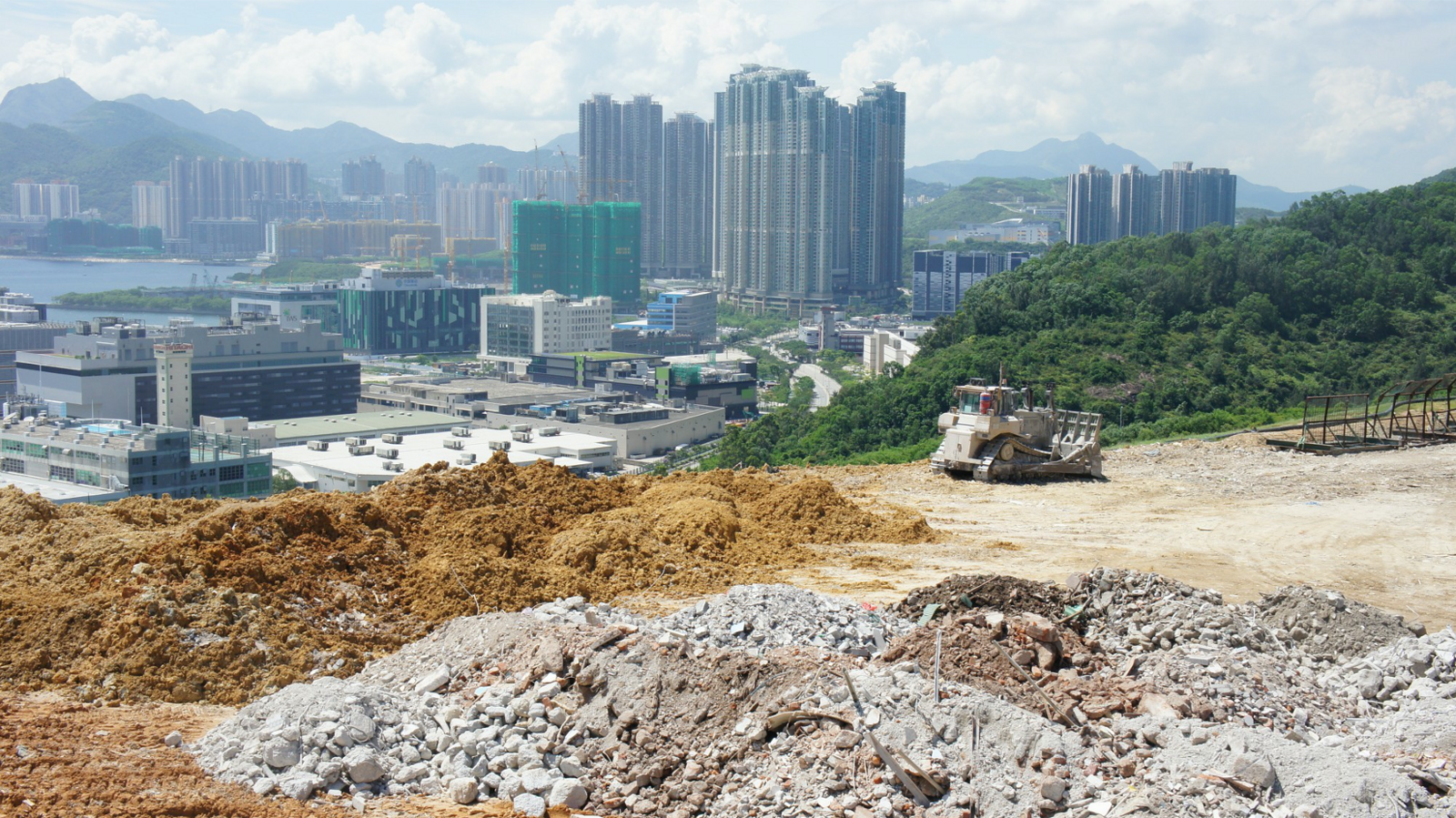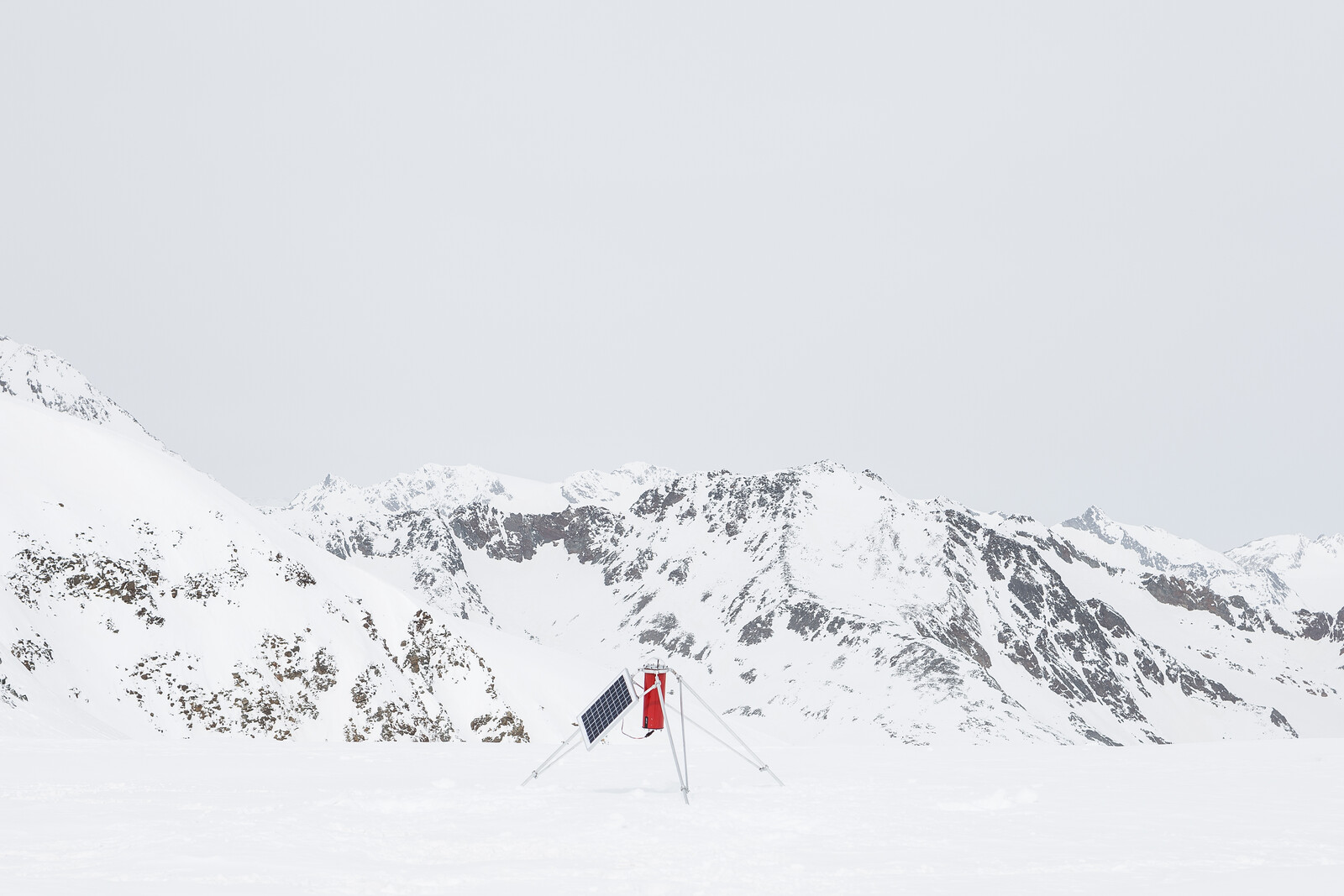Within the short course of a few days, we’ve all come to meet and live on Zoom.1 In pivoting to online learning, we deliberate on how new forms of cultural production may be generated by the conditions within which we operate. Despite our dire state of isolation and anxiety, we are grateful to have Zoom. Its windows constitute portals to the outside—more operable than the windows of our homes—that peer deep into private spheres that were previously guarded and hidden. Daily, we witness inequality while cross-referencing different living conditions, yet we are still toasting and sharing with little restraint. Generosity, kinship and alliance are now the norm. Outside the actual windows of our enclosed domestic spheres, we see nothing but a newly formed state of wilderness: emptiness and silence projected unilaterally onto all urban and exurban terrains. For many, the world has turned inside.
As a rite of passage to the outside, Zooming is not only a digital outlet enabled by new media. It enables us to navigate outside the egospheres of our confinement and forces us to rethink reality and the ways we live together. We not only Zoom to communicate with others, but also zoom inside and outside of ourselves as a daily ritual while contemplating new forms of livelihood. Zooming in and out of our physical coordinates—this state of connected immobility—is also a rare opportunity for a united reflection on the fragility of our production processes, our hubris for ceaseless growth and endless mobility, and finally, our accountability for how we occupy our planet.
In spatial terms, our daily mental journeys parallel the infinite invisible axis vertical to the earth of Charles and Ray Eames’s Powers of Ten (1968). Crossing scales from the atomic to the galactic, their documentary envisaged a systemic analysis of the universe where all patterns could be imagined as interlinked. The Eames’s vertical journey between scales and layers reflected the Earth view that had only just become visible to the public eye.2 Today, we reenact a similar type of movement every day: from the voluntary containment of our households, we navigate from the micro to the macro non-stop. Our feed tells us how Covid-19 spreads and how long it stays on different types of material surfaces while transporting us to the other ends of the world, giving visual forays into the devastating burials of Bergamo, the US Navy’s hospital ships in New York, and other epicenters of the virus. We have never been more connected and never more apart.
This paradox of virtual connectedness while experiencing a severe corporeal detachment is a telling blow not only to those that originally denied the gravity of the virus, but also to those that deny climate change. Although there is no concrete evidence that directly links Covid-19 to the environmental degradation of natural habitats, the privileged logic of unaffectedness that has propped up such acts of ignorance is severely damaged. Anyone, anywhere, can be infected. There is no place to escape to.
This age of extinction is also a telling blow to the denial of “climate” in a broader sense, as a material condition that impacts all human and non-human beings. In 2017, Bruno Latour claimed climate change, inequality, and deregulation to be indivisible and intertwining problems, and envisioned the triad’s materialization as a process of landing “down to earth.”3 Perhaps we are amid this landing today. In the world of neoliberal governmentality and ethics that seems to be waning, the contemporary subject was unafraid of the material ramifications of its actions; this subject, blissfully distant from all that matters, was immersed in a carefully curated replication, or reverberation, of the world according to the echo of their own voice. But now, all that has changed. The inevitability, therefore, to zoom in and out of ourselves is a radical vector of change. It is a lesson in humility. We can never pretend like this never happened. Possibly, this is a lesson we gravely needed.
In light of this total sense of endangerment, the surge in protective gear like masks, plastic gloves, and raincoats evidences that in the greater planetary scale, we are the expendable ones; not the Earth. Borders loom as the weakened fantasies of nation-states to withhold sovereignty; a sovereignty that is detached from the water and the air that subjects breathe and drink, and from the materiality of their bodies in how they encounter the physical world. In this sense, the dark realism of the viral GIS map assembled by John Hopkins University demonstrates that national borders matter less as materialized boundaries than as political infrastructures.4
In a similar vein, the Blue Marble image of the Earth taken by the Apollo 17 crew in 1972 equally effected a dissolution of national borders. Indeed, Michael Shamberg, one of the founders of the Raindance corporation and a key figure in underground press circles in the 1960s and 1970s commented that NASA’s earth image would kill patriotism by presenting a mosaic pattern of material and energy flows, where national boundaries are no longer distinguishable.5 According to Stewart Brand, who famously campaigned for the public dissemination of the image, the fear of losing patriotic loyalty might have been held accountable for NASA’s delay in releasing it. The revelation of these images arguably constitute a profound rupture in human imagination. They reveal territorial divisionism as a phantom condition materialized to contain, control, deter, and monitor bodies moving in space.
What is arresting at this very moment, unlike the recent past, is the impossibility to displace “evils,” to move them far away from our current physical locations to a territory that we cannot, nor do we wish to see. Consider, for example, how New York City—which has aspired to achieve carbon neutrality and to operate as a leading city in its environmental objectives—exports the vast majority of its human excrements to Birmingham, Alabama, causing major methane clouds 900 miles away.6 The treated sewage—euphemistically known in the industry as “biosolids”—travels by a “poo train” to a landfill causing what the locals and the mayor’s office call the “death smell.”7 Yet this dislocation of waste from privileged to disenfranchised territories cannot be orchestrated with Covid-19. Any human is a potential vector of transmission. Zooming in and out parallels the logic of the virus’ transmission: both inwards—in contracting the virus—and outwards—in relaying the virus to others.
In revising how we navigate territoriality, from inside to outside, renewed protocols to leave and enter the house—or any space, really—have arisen. The process of departure and reentry expands the threshold of the door to an elongated and operational space of decontamination steps. The door is now an airlock, necessitated to enter the unfriendly and unforgiving void of a foreign planet outside. Our households have become spaceships, while urbanity has transformed into a constellation of “essential” places. Supermarkets, gas stations, hospitals, and pharmacies all now make up a defamiliarized, non-cohesive space, while everything else has become obscured in a newly formed mental desert. The city today is a vast array of disconnected bedrooms, microcosms that come together in an abstract digital space, physically enabled by vital and essential data farms.
In experiencing containment, we have never been more viciously aware of our bodies in space: bodies relative to other bodies, to objects touched by foreign hands. As writer and clinical psychologist Hala Alyan suggests, in pandemic times, all physical relationships can be seen as networks of intersection: bodies intersecting with other bodies, body parts intersecting objects touched by others, et al.8 The fear of breach vividly renders the porosity of our bodies, not to mention national borders. Yet it was never as if the containment of the former by the latter meant that we would be safely shielded inside an unbroken preserve. Containment is observation, monitoring, and control. In this sense, bodies, as expressions of change, are carefully mapped and supervised. Within the premises of quarantine, bodies are unpacked: they are not simply discrete physical entities, but field distributions of droplets, germs, and pathogens within an expanded ambient environment. While moving from inside to outside, strict protocols of spatial jurisdiction and hygiene are instituted to administer porosity.
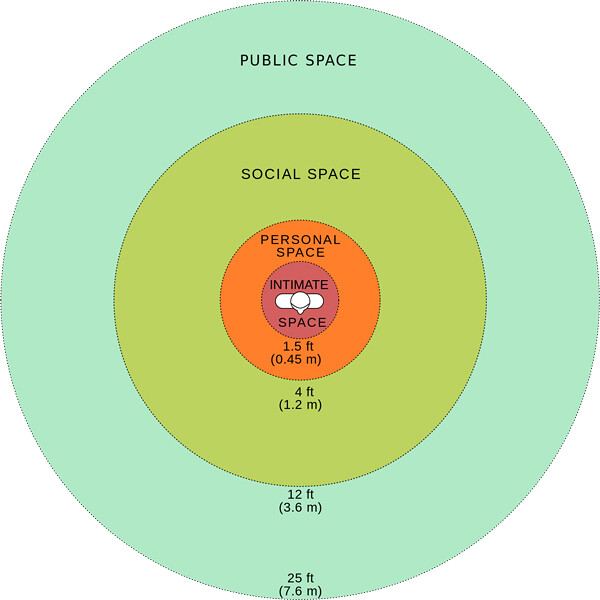

Diagram representating personal space limits, according to Edward T. Hall’s interpersonal distances. Inspired by Reaction-bubble.png by Libb Thims, 2009. Source: Creative Commons.
The state of blur felt widely today is therefore not only linked to the passage of time and the erosion of biorhythmic boundaries. It is also related to the way our spatial mode of existence has been fundamentally altered: from cartesian space—positioning locales in a finite three-dimensional (x, y, z) system—to a system of spherical stereography that references the self relative to other bodies in space. Determinate points of reference have faded, while a new order of moving bodies has emerged in an dynamic game of proximity and field interactions.
With social distancing as the only reliable measure against the spread of Covid-19, cultural anthropologist Edward Hall’s proxemic theory looms poignantly relevant.9 While in 1963, Hall’s specificity in defining the limits of personal space in a quantifiable notation system was critiqued as partially deterministic, the spatial order that he suggested—starting from the self as origin point—exposes a resonant transactional modality of understanding space via distancing. In quarantine, the only point of orientation is the self and the extended nucleus of bodies chosen to group themselves as one. Bodies thus enter a biotic de-synthesis with their surroundings, or as philosopher Quentin Meillassoux would say, a relational loss with context.10 In order to navigate, bodies use themselves as parameters, and rather than Cartesian locatability on an abstract plane, polar coordinates with vectors and distances. In this sense, epidemic space renders correlationism, or the need for embeddedness in the world and an ecosystem, obsolete.
For architects, the idea of the “world in a bottle” is nothing new. Architecture’s role in the reconstruction of idealized microcosms, such as Buckminster Fuller and Sadao’s “Dome over Manhattan” from 1960 or Reyner Banham and Francois Dallegret’s “Environmental Bubble” from 1965, is tied to the convoluted history of utopia. These iconic illustrations, which place the human in jars like a fossil, illustrate the potential that we have not only lived in “closed worlds” for a long time, but that we live in them not simply because of our fear of infection.11 The idea of a premeditated enclosure and fabricating the world around us is a deeply rooted and pre-engineered existential desire. Today we experience the reality of containment as an eerie fulfillment of wishes from times past, ones that have been vividly illustrated in the architectural dream of the bubble and accelerated with the pandemic.
We should not forget that living indoors, delimited and synced, was already a prevalent mode of experiencing the world before the pandemic. In fact, according to the 2018 indoor air quality report of the Environmental Protection Agency (EPA), Americans already spent 90% of their time indoors.12 Inside, our need to connect online has been most vital; a priority in comparison to air quality. This state of willful closure, enhanced by communication technologies, is critiqued by Jonathan Crary in his thesis that our ability to work from anywhere, at any moment in time, has disintegrated all barriers between life, labor, and leisure.13 For Crary, intentional connectivity throughout the day and night has demonstrated the dehumanizing conditions of neoliberalism, the non-stop marketplace, and the concomitant demands for constant productivity and attentiveness. These conditions have already reshaped notions of temporality, escalating the management and surveillance of individual bodies across territories.
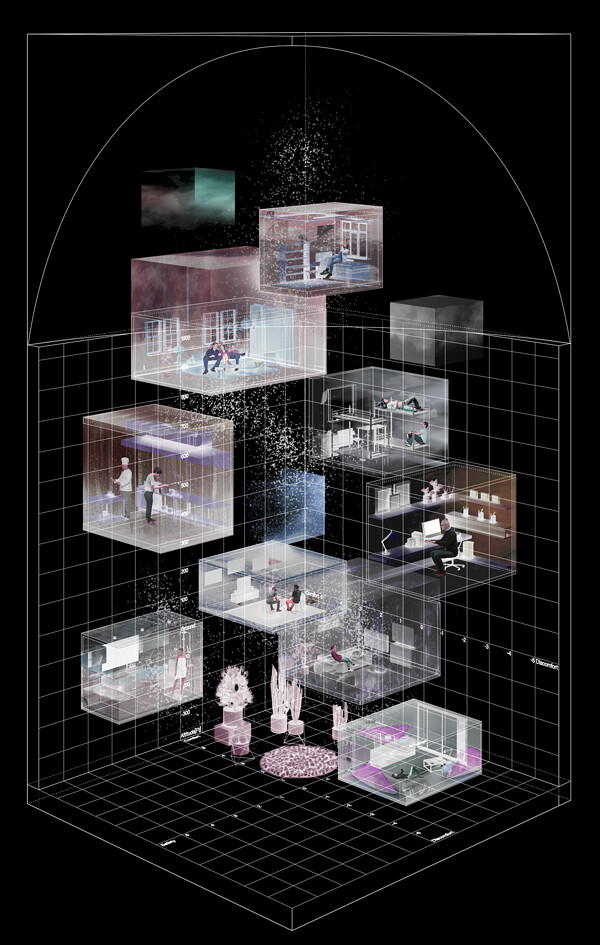

Lydia Kallipoliti and Xiaoxiao Zhao, Microcosms: A vast array of disconnected contained living units, 2020.
Our contemporary awareness of autonomy—the idea of self-governance, of managing one’s time and locality—has thus far relied on our capacity to sync with global information networks and the conviction that work can follow us wherever we are, whenever we want. Our apps and devices have followed our bodies for more than a decade, amplifying the self. Although this turn has a very brief history, its pervasiveness has revealed an entirely different way of understanding the world, reimaging life indivisibly intertwined with work, while distant from other corporeal bodies.
If the moment of #stayathome already happened and became normal before the pandemic, why are we so eager to return to an alleged normalcy? Slavoj Žižek claims that even prior to the lockdown, he willingly chose to stay inside when traveling rather than venture to check monuments or sites outside.14 Yet, he argues it is the impossibility of negation (the choice to not go outside) that has turned containment into a terrifying threat. Quarantine is not a choice, and denial of negation to venture outdoors is a major vector of anxiety.
With no hope of exteriority, the question becomes how long we can live in individualized containers. The desire to shrink the world—alter and condense it down to a manageable territory within confined borders—is manifestly impalpable. Our current condition of detachment and restraint that speaks for long-standing ideals like autonomy, self-sufficiency, and individualism is nothing but a crumble of ruins; a kind of hysteria. Indeed, Freud described hysteria as a spatial condition where the organism has sealed itself off and controls nothing except for itself, which brings about somatic changes from what is available within the borders of the body.15 Entrapped in turmoil, the hysteric subject breaks off environmental feedback and reflexively re-synthesizes spatial fragments in anomalous combinations. This closure corresponds to an ontogenetic, and phylogenetic stage of development (the stage of the “protopsyche”) at which subjects become self-referential realities.
In this new world, we are in dire need of a new kind of criticism, of new ways to fathom interiorization and different methods of narrating stories through the design of our environments. We need to zoom in and out, now that returning to normality as was is no longer tenable. We need to open our eyes to the bubble inside which we voluntarily contain ourselves, and develop an erotic, yet resistant relationship with it. It might then be possible to penetrate our barriers and imagine other ways of being; even imagine some ground for of hope beyond the market of euphoria for the few.
Taylor Lorenz, Erin Griffith, and Mike Isaac, “We Live in Zoom Now,” The New York Times March 17, 2020, ➝.
For a full account of the image of the earth and its impact on visual culture, see Volker M. Welker, “From Disc to Sphere,” Cabinet 40 (Winter 2010-2011): 19–25; and Simon Sadler, “An Architecture of the Whole,” Journal of Architectural Education 61, no. 4 (2008): 108–129. For the history of the first earth image, see Denis Cosgrove, “Contested Global Visions: One World, Whole Earth, and the Apollo Space Photographs,” Annals of the Association of American Geographers 84, no. 2 (June 1994): 270–294; and Robert Poole, Earthrise: How Man First Saw the Earth (New Haven: Yale University Press, 2008).
Bruno Latour, Down To Earth: Politics in the New Climate Regime (Cambridge: Polity Press, 2017), 1–3.
COVID-19 Dashboard by the Center for Systems Science and Engineering (CSSE) at Johns Hopkins University (JHU), ➝.
“It is ironic that NASA, probably the greatest government agency produced by America, has killed patriotism. National boundaries are simply not a motivating image when we have pictures of the whole earth.” Michael Shamberg and Raindance Corporation, Guerilla Television (New York: E.P. Dutton, 1971), 1.
“One NYC 2050: Building a Strong and Fair City,” ➝.
Oliver Milman, “On a hot day, it’s horrific’: Alabama kicks up a stink over shipments of New York poo,” The Guardian, March 11, 2018, ➝.
Hala Alyan, “This is not a Rehearsal,” Emergence (April 2020), ➝.
See Edward T. Hall, The Hidden Dimension (New York: Anchor Books, 1966). Thanks to Austin Wade Smith for generously sharing with me his views on proxemic space.
See Quentin Meillassoux, After Finitude: An Essay On The Necessity Of Contingency, trans. Ray Brassier (Continuum, 2008).
Lydia Kallipoliti, The Architecture of Closed Worlds, Or, What is the Power of Shit (Zurich: Lars Muller Publishers and Storefront for Art and Architecture, 2018).
U.S. Environmental Protection Agency, “Report to Congress on indoor air quality: Volume 2,” EPA/400/1-89/001C, 1989.
Jonathan Crary, 24/7: Late Capitalism and the Ends of Sleep (New York: Verso, 2014).
Slavoj Zizek, “Slavoj Zizek’s Covid-19 lockdown survival guide: Guilty pleasures, Valhalla Murders & pretending it’s just a game,” RT, March 28, 2020, ➝. Thanks to Nader Tehrani for this reference.
Sandor Ferenczi, “The Phenomena of Hysterical Materialization” (1919), in Theory and Technique of Psychoanalysis, comp. John Rickman and trans. Jane Isabel Suttie (New York: Basic Books, 1952), 89–105.
At The Border is a collaboration between A/D/O and e-flux Architecture within the context of its 2019/2020 Research Program.
